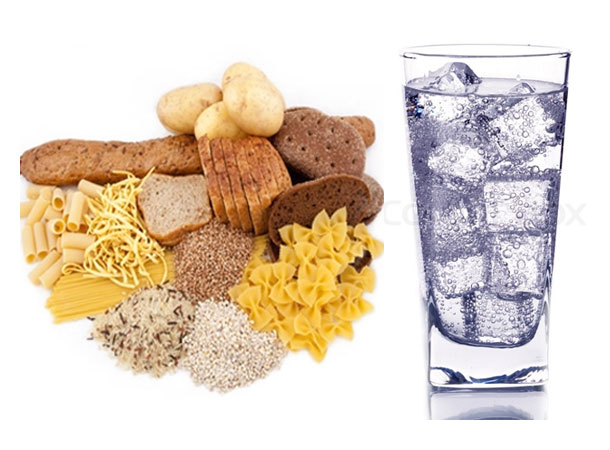Exercise is safe and highly recommended for most people with type 2 diabetes, including those with complications. Along with diet and medication, exercise will help you lower blood sugar and lose weight.
However, the prospect of diving into a workout routine may be intimidating. If you’re like many newly diagnosed type 2 diabetics, you may not have exercised in years.
If that’s the case, don’t worry: It’s fine to start slow and work up. These tips will help you ease back into exercise and find a workout plan that works for you.
1. Make a list of fun activities
You have lots of options, and you don’t have to go to a gym. What sounds good? Think about something you’ve always wanted to try or something you enjoyed in the past. Sports, dancing, yoga, walking, and swimming are a few ideas. Anything that raises your heart rate counts.
2. Check your blood sugar
Ask your doctor if you should check it before exercise. If you plan to work out for more than an hour, check your blood sugar levels regularly during your workout, so you’ll know if you need a snack. Check your blood sugar after every workout, so that you can adjust if needed.
3. Carry carbs
Always keep a small carbohydrate snack, like fruit or a fruit drink, on hand in case your blood sugar gets low while exercising.
4. Ease into it
If you’re not active now, start with 10 minutes of exercise at a time. Gradually work up to 30 minutes a day.
5. Strength train at least twice a week
It can improve blood sugar control. You can lift weights or work with resistance bands. Or you can do moves like push-ups, lunges, and squats, which use your own body weight.
6. Make it a habit
Exercise, eat, and take your medicines at the same time each day to prevent low blood sugar, also called hypoglycemia.
7. Go public
Work out with someone who knows you have diabetes and knows what to do if your blood sugar gets too low. It’s more fun, too and working out with friends can be an important motivator.
8. Be good to your feet
Wear athletic shoes that are in good shape and are the right type for your activity. For instance, don’t jog in tennis shoes, because your foot needs a different type of support when you run. Check and clean your feet daily. Let your doctor know if you notice any new foot problems.
9. Hydrate
Drink water before, during, and after exercise.
10. Stop if something suddenly hurts
If your muscles are mildly sore, that’s normal. Sudden pain isn’t. You’re not likely to get injured unless you do too much, too soon so don’t over exercise.
10 Health Benefits You’ll Get
Remember how much exercise does for you, including:
- Helps your body use insulin, which controls your blood sugar
- Burns extra body fat
- Strengthens muscles and bones
- Lowers blood pressure
- Cuts LDL (“bad”) cholesterol
- Raises HDL (“good”) cholesterol
- Improves blood flow
- Makes heart disease and stroke less likely
- Boosts energy and mood
- Tames stress
How Does Exercise Affect Blood Sugar?
When you exercise, your body needs extra energy from blood sugar, also called glucose. When you do something quickly, like a sprint to catch the bus, your muscles and liver release glucose for fuel.
The big payoff comes when you do moderate exercise for a longer time, like a hike. Your muscles take up much more glucose when you do that. This helps lower your blood sugar levels.
If you’re doing intense exercise, your blood sugar levels may rise, temporarily, after you stop.
SOURCES:
U.S. Department of Health and Human Services: “Physical Activity and Health: A Report of the Surgeon General.”
American Diabetes Association.
Castaneda, C. Diabetes Care, December 2002.
National Diabetes Information Clearinghouse: “What I need to know about Physical Activity and Diabetes.”








